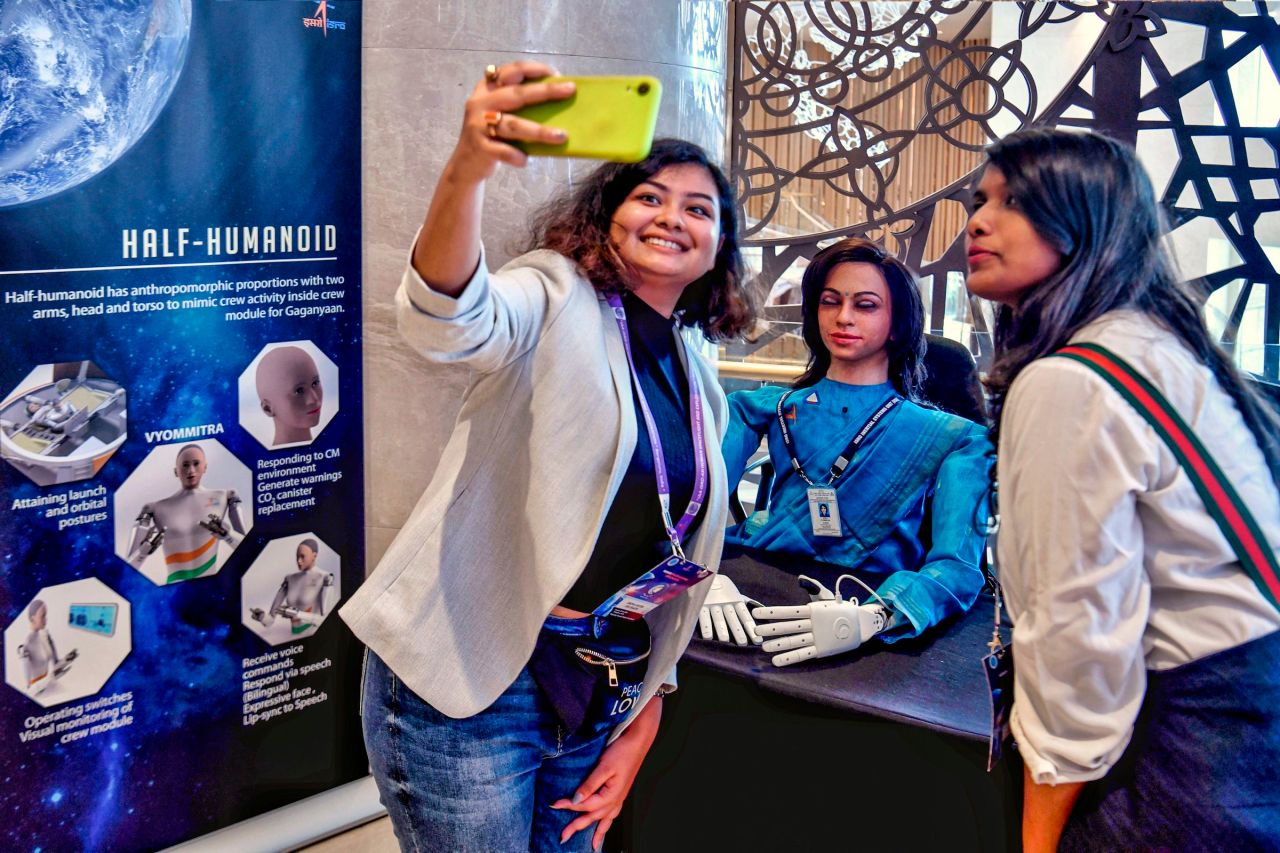Space exploration has long captivated the imagination of humankind, and now, with the Indian Space Research Organisation (ISRO) stepping into the arena of human spaceflight, the excitement is palpable. As we eagerly anticipate India’s inaugural crewed mission labeled “Gaganyaan,” slated to advance beyond our atmosphere, it is the introduction of Vyommitra, the half-humanoid robot, that steals the spotlight. This blog explores the innovations surrounding Vyommitra and what it signifies for the future of space exploration.
The Gaganyaan Mission: An Overview
The Gaganyaan mission represents a monumental leap for ISRO and Indian space ambitions. Set to take place later this year, the mission aims to deliver a crewed orbital spacecraft that will eventually carry astronauts into space. However, before this groundbreaking mission can transport human passengers, preparations are underway, and Vyommitra will play a crucial role during the initial uncrewed flight.
Meet Vyommitra: The Half-Humanoid Astronaut
Vyommitra is not just any robotic entity; it symbolizes the next generation of robotic companions in space. With its advanced functionalities, this robotic astronaut will serve as an invaluable asset aboard the Gaganyaan spacecraft. But what exactly sets Vyommitra apart?
- Innovative Communication: Vyommitra is equipped with a bilingual communication system, allowing it to interact smoothly with astronauts and relay vital information from ground control.
- Human-like Functions: Capable of performing “all” crew functions, Vyommitra can manage environmental systems and life support, mimicking tasks traditionally assigned to human astronauts.
- Expressive Design: With its semi-anthropomorphic structure, Vyommitra is designed to be relatable, sporting an expressive face and the ability to lip-sync messages. The human-like appearance fosters a sense of companionship during isolating missions.
Learning From History: The Role of Robots in Space Exploration
The utilization of robots in space exploration is not new. Historical precedents such as Russia’s Skybot and NASA’s Astrobee robotic assistants demonstrate different approaches to integrating robotics in space missions. However, Vyommitra stands out due to its unique combination of human-like characteristics and operational capabilities. It serves as a testament to how far technology has advanced in creating robotic companions that not only assist astronauts but also engage with them.
Implications for Human Spaceflight
The deployment of Vyommitra represents a significant milestone, not just for ISRO but for the broader field of human space exploration. By gathering data during its flight, the half-humanoid will help refine spacecraft systems, ensuring that they can accommodate human presence safely and effectively. As we prepare for potential future missions with astronauts on board, this prototype lays the groundwork for a companion that can respond to crew members’ needs, enhancing situational awareness and support.
Conclusion: A New Era of Space Exploration
As Vyommitra ventures into the cosmos aboard the Gaganyaan spacecraft, it promises to change the landscape of human spaceflight. The innovative design and capabilities of this robotic astronaut not only showcase ISRO’s technological prowess but also highlight the importance of human-like robots in understanding the feasibility of living and working in space. The journey ahead is undoubtedly an exciting one, and Vyommitra stands as the harbinger of a new era in space exploration.
At fxis.ai, we believe that such advancements are crucial for the future of AI, as they enable more comprehensive and effective solutions. Our team is continually exploring new methodologies to push the envelope in artificial intelligence, ensuring that our clients benefit from the latest technological innovations. For more insights, updates, or to collaborate on AI development projects, stay connected with fxis.ai.

